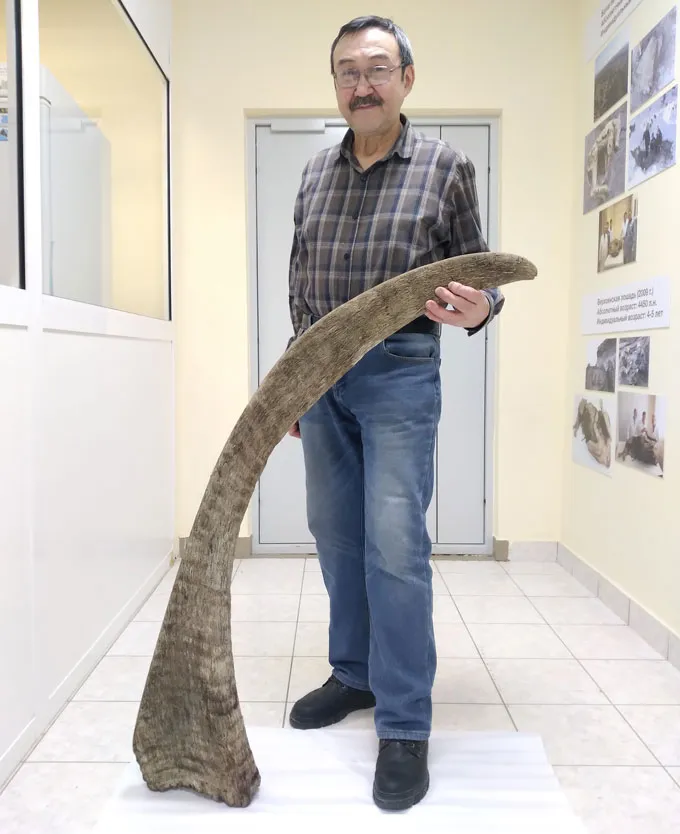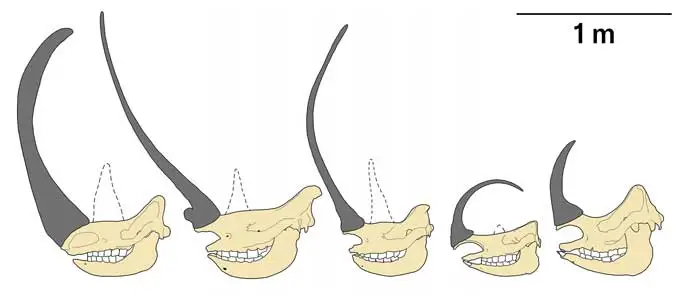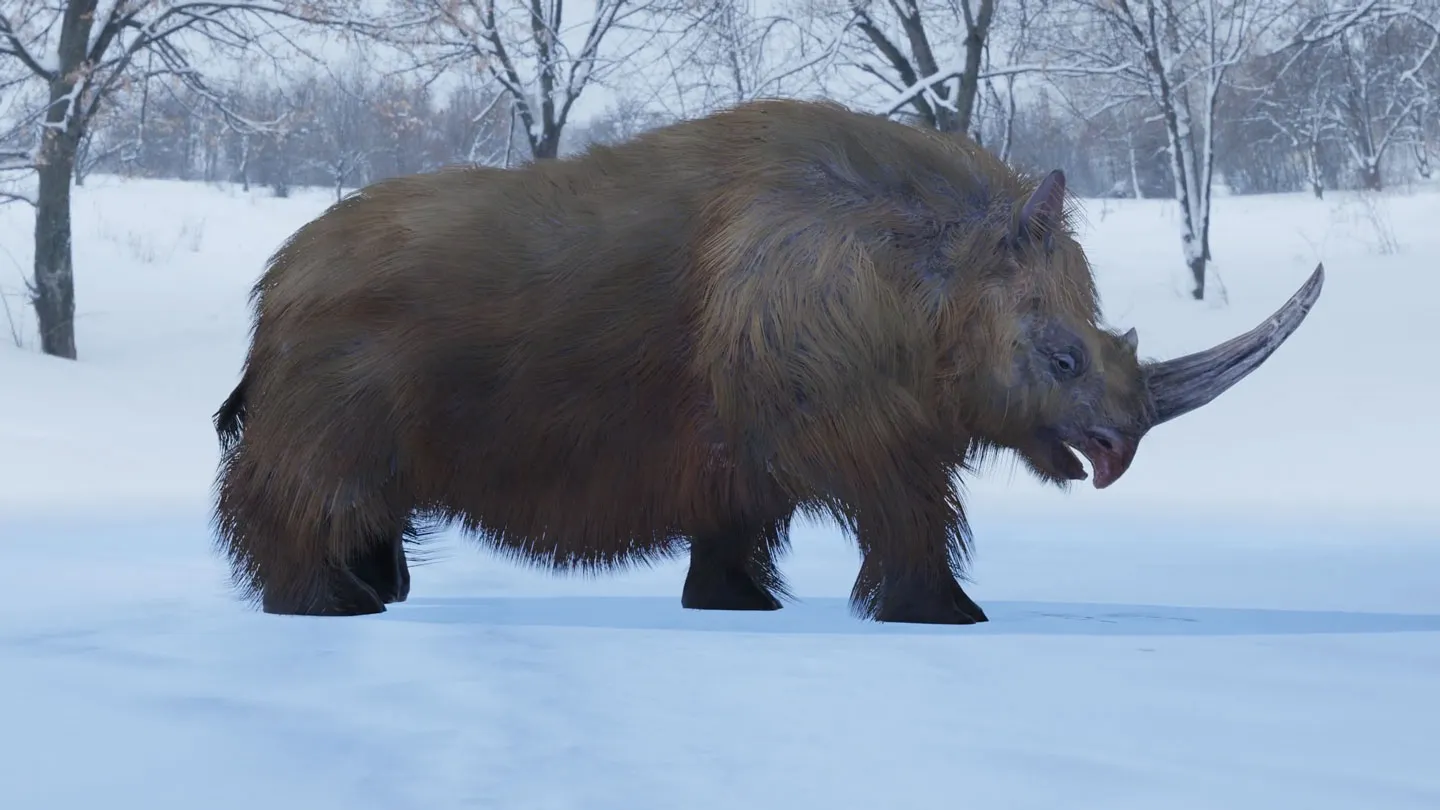The discovery of the longest woolly rhinoceros horn ever recorded is shedding new light on the biology and behavior of these Ice Age giants.
Unearthed from Siberia’s frozen permafrost, the remarkably preserved horn measures an astounding 1.6 meters — roughly the height of a small adult human and about 30 centimeters longer than the previous record. The finding, described September 12 in the Journal of Zoology, offers unprecedented insight into the lives of woolly rhinos (Coelodonta antiquitatis), a species that vanished thousands of years ago.
A local hunter discovered the horn along with a complete skull near a tributary of the Kolyma River in Russia. He sent the remains to the Mammoth Museum in Yakutsk for analysis, while nearby frozen lemmings were sent to Novosibirsk for carbon dating. The results revealed the rhino lived about 19,600 years ago, during the late Ice Age.

Although its horn was enormous, the animal itself wasn’t unusually large. Researchers led by Ruslan Belyaev of the A.N. Severtsov Institute of Ecology and Evolution in Moscow believe the skull likely belonged to a female. In both modern and ancient rhinos, males tend to have thicker but shorter horns, while females often sport longer ones — possibly due to slower horn wear or faster growth.
Microscopic analysis of the horn’s keratin layers — which grow seasonally, much like tree rings — revealed the animal was at least 40 years old when she died. That makes her the oldest woolly rhino ever documented, surpassing the typical lifespan of wild rhinos today and rivaling the longevity of those in captivity.
“For the first time, we can demonstrate that woolly rhinos were capable of living just as long as their modern relatives, even in the harsh Ice Age climate,” said Belyaev.

Scientists believe the elongated, blade-shaped horn played a key role in survival. Unlike modern rhinos, which graze on open grasslands, woolly rhinos likely used their horns to sweep snow aside to reach buried vegetation. Deep wear marks found on the horn’s front support this snow-clearing behavior, noted Gennady Boeskorov of the Diamond and Precious Metals Geology Institute in Yakutsk.
Luca Pandolfi, a paleontologist at the University of Pisa who was not involved in the study, suggested that the horn’s growth layers could also hold untapped information about Ice Age climates. “It would be fascinating to see whether environmental conditions — like colder winters — left measurable traces in the horn’s growth patterns,” he said.
With its remarkable preservation and record-breaking size, this ancient horn not only pushes the limits of what scientists knew about woolly rhinos but also opens the door to new ways of studying how climate and biology intertwined during the last Ice Age.
